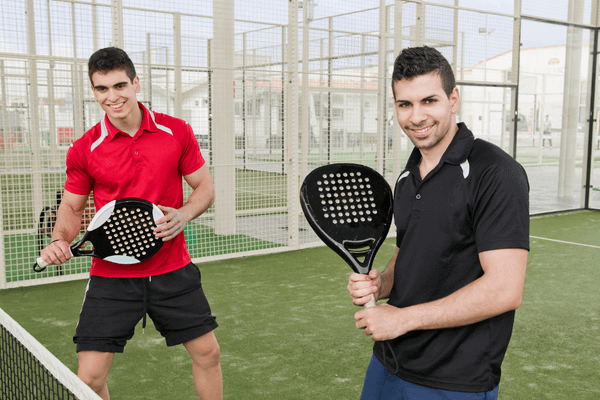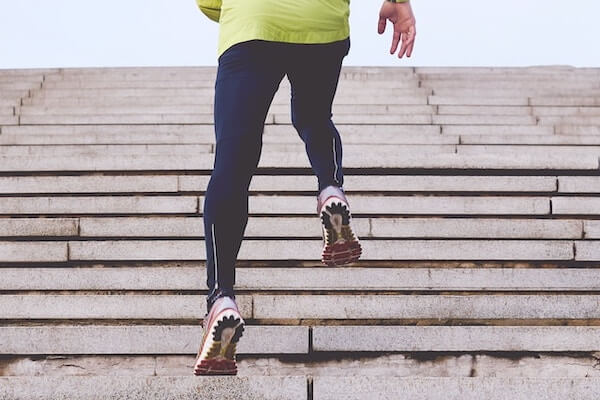
Paddle tennis, also known as "platform tennis," is a popular racquet sport that is played on a smaller court surrounded by perplex walls. These walls, which are made of a transparent material, allow for the ball to bounce off of them and remain in play, similar to the walls of a squash court.
The Setup
The court itself is roughly 25% smaller than a traditional tennis court, measuring 20 feet wide by 44 feet long. The game is played with a solid paddle and a ball that is similar to a wiffle ball, but with a slightly harder outer shell.
Paddle Tennis vs Tennis
One of the main differences between paddle tennis and traditional tennis is the use of the perplex walls. In traditional tennis, the ball is only in play if it bounces within the boundaries of the court. In paddle tennis, however, the ball can bounce off of the walls and still be in play. This allows for longer rallies and a faster-paced game.
Another unique aspect of paddle tennis is the use of a solid
paddle rather than a strung racquet. The solid paddle, which is
typically made of wood or a composite material, allows for a more
controlled and precise shot. It also allows for a different style
of play, as players can use the paddle to redirect the ball in
various directions rather than simply hitting it back over the
net.
The Rules
Despite its smaller court size and unique playing style, paddle
tennis shares many of the same rules as traditional tennis. The
game is played with two or four players and points are scored by
hitting the ball over the net and into the opponent's court. The
first player or team to reach 11 points wins the game, but the
match is typically played to the best of three games.
Advantages
One of the biggest advantages of playing paddle tennis on a court with perplex walls is the ability to play in inclement weather. The walls provide shelter from the wind and rain, allowing for year-round play. This is especially appealing for those who live in areas with harsh winters, as traditional outdoor tennis courts can become unplayable during the colder months.
In addition to the weather benefits, paddle tennis is also a great way to stay active and improve one's overall fitness. The smaller court size and fast-paced nature of the game means that players are constantly moving and using their entire bodies. This can help to improve endurance, coordination, and overall physical conditioning.
Conclusion
Paddle tennis is a fun and exciting racquet sport that is enjoyed by players of all ages and skill levels. Whether you're a seasoned pro or a beginner looking to try something new, paddle tennis is a great way to stay active and have fun. So, it is a perfect racquet sport for the people who love to play racquet sports.






